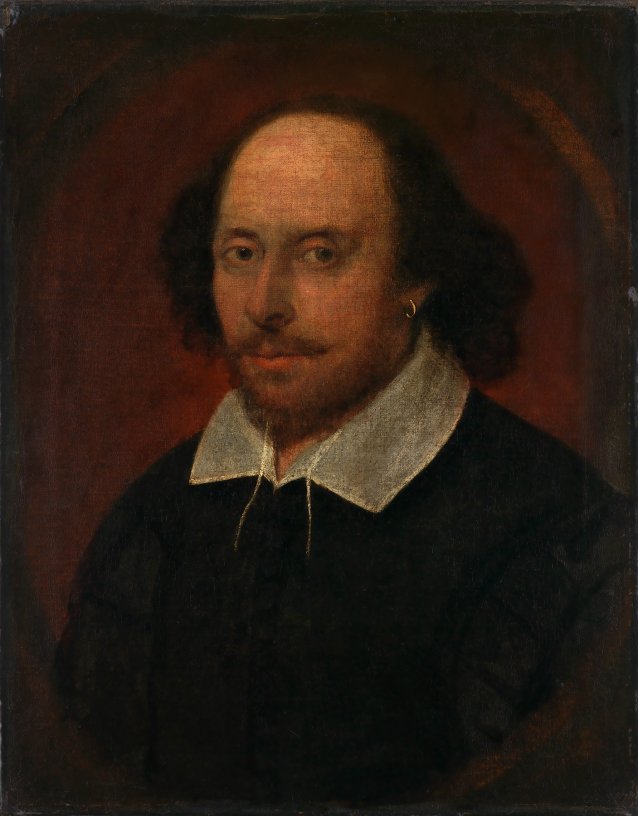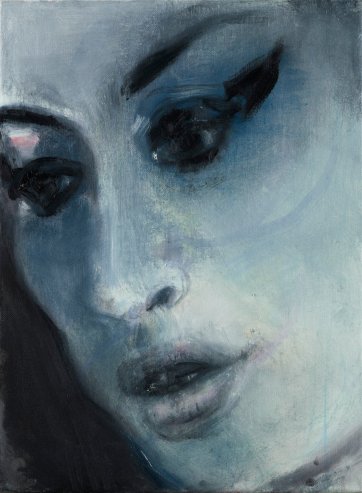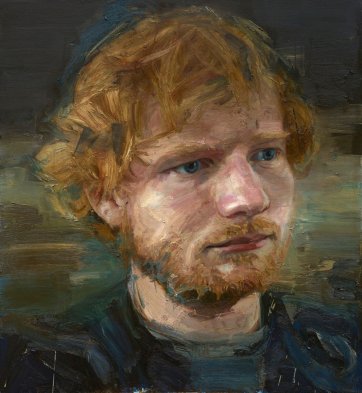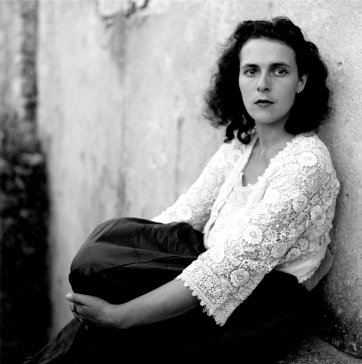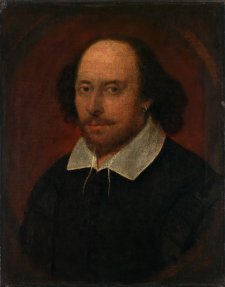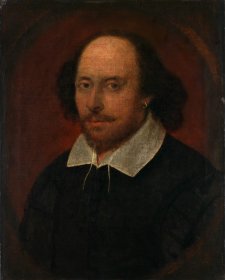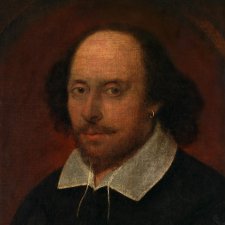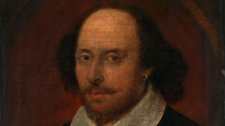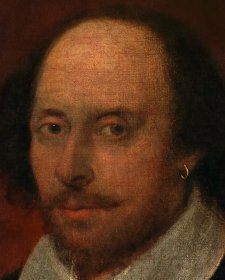Britain’s most famous literary hero, William Shakespeare (1564–1616), was described by his contemporary Ben Jonson as the ‘soul of the age’. He spent most of his working life in London, first as an actor and then as a playwright, writing plays for the immensely popular public theatres and the royal court. His works include Romeo and Juliet (c. 1594–96), Hamlet (c. 1600), Othello (c. 1603) and Macbeth (1606). Shakespeare’s death in 1616 went unmarked beyond his home town of Stratford-upon-Avon, and it took over a century for his reputation and international fame to be secured.
This is the only portrait of Shakespeare that has a good claim to have been painted from life and as such, over its long history, has become an icon in its own right. Documentary sources suggest that it was once owned by Shakespeare’s godson, and that it was painted by ‘one Taylor, a Player and painter’. This is believed to be a reference to John Taylor (d. 1651), who was a member of the Painter-Stainers’ Company. It was the first work acquired by the National Portrait Gallery, London, on the institution’s founding in 1856.
National Portrait Gallery, London.
Given by Francis Egerton, 1st Earl of Ellesmere, 1856
© National Portrait Gallery, London
